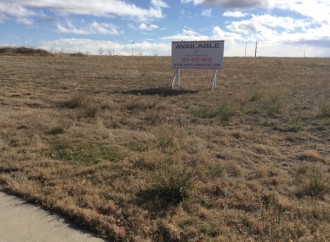Evaluating Gov. Polis's Tax Reform Agenda: Tax Expenditures vs. Broad-Based Tax Relief
- January 23, 2024

This paper examines the empty promises and untold costs of Urban Renewal Areas (URAs) and the use of Tax Increment Financing (TIF) in URAs in Colorado.
READ MORE
Over two decades have passed since Colorado voters adopted The Taxpayer’s Bill of Rights in 1992. TABOR allows government spending to grow each year at the rate of inflation-plus-population. Government can increase faster whenever voters consent. Likewise, tax rates can be increased whenever voters consent. This Issue Paper analyzes TABOR’s effect on state government spending and taxes by examining three decades: The 1983-92 pre-TABOR decade; the first decade of TABOR, 1993-2002; and the second decade, 2003-12. The final decade included the largest tax increase in Colorado history, enacted as Referendum C in 2005. Decade-2 was also marked by increasing efforts to evade TABOR by defining nearly 60% of the state budget as “exempt” from TABOR.
READ MORE
By calling the provider charge a fee rather than a tax, the legislature was able to collect and use the revenue from the provider charge without asking permission from the voters.
READ MOREAmendment 66 would replace Colorado’s flat income tax of 4.63 percent of federal adjusted gross income with the two bracket system shown in Table 1: Colorado Income Tax Rates if Amendment 66 Passes. Passing Amendment 66 also passes SB13-213, the new 141-page state school finance law.
READ MOREThe trajectory of the Public Employee Retirement Association of Colorado’s (PERA) financial condition has been anything but linear. From times of seeming excess to times of projections for failure, the public employee pension scheme has changed radically over time. As of 2013, expected improvements to the system’s outlook have not materialized, and PERA is once again in crisis. While far from alone in the gov- ernment employee problem, Colorado may be facing one of the worst current circumstances.
READ MOREThis paper explores a compilation of Colorado rankings from the “2013 State and Business Tax Climate Index.”
READ MORE